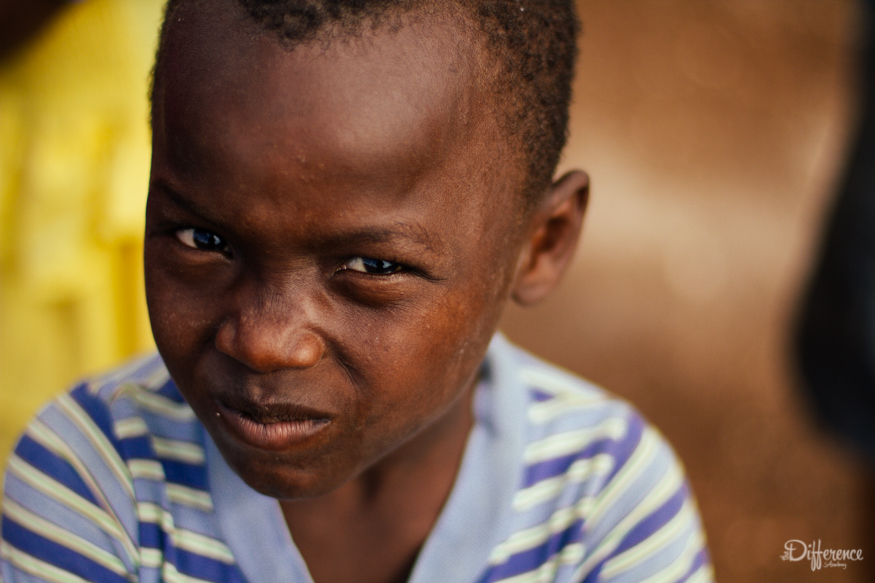I grew up in the era of film cameras, and because they were all we knew about it didn’t seem so strange. Now looking back it’s incredible to think about taking such a limited amount of photo’s, or even about the time it took just to get the pictures back from the shop. Growing up, “way back” (all of 20 years ago) means that anytime I want to see pictures of childhood I have to dig out old, falling-apart albums that are full of bad exposures, off-colors and so many good memories.
A quick look: Past all the film evolutions the first true digital camera was introduced December of 1989 in Japan, the Fuji DS-X. In 1990 digital arrived in the U.S. with Dycam Model 1: it failed to sell well because it was black and white with a low resolution. However, in 1991, Kodak introduced Kodak DCS-100, and the digital age was off and running. We went from limited options and paying for pictures, to a no-hassle free-for-all with cameras on just about every portable electronic device.
How has that changed photography?
Cameras still capture moments, but in the film age pictures had a different ‘feel,’ and the way people thought about taking a photo has changed. Take a look at this video (linked below) by Buzz Feed to remember the “good old days” of film cameras; if you’re a kid it will explain why there are old and yellowed family photo albums stashed around the house.
Film photography explained to modern kids



